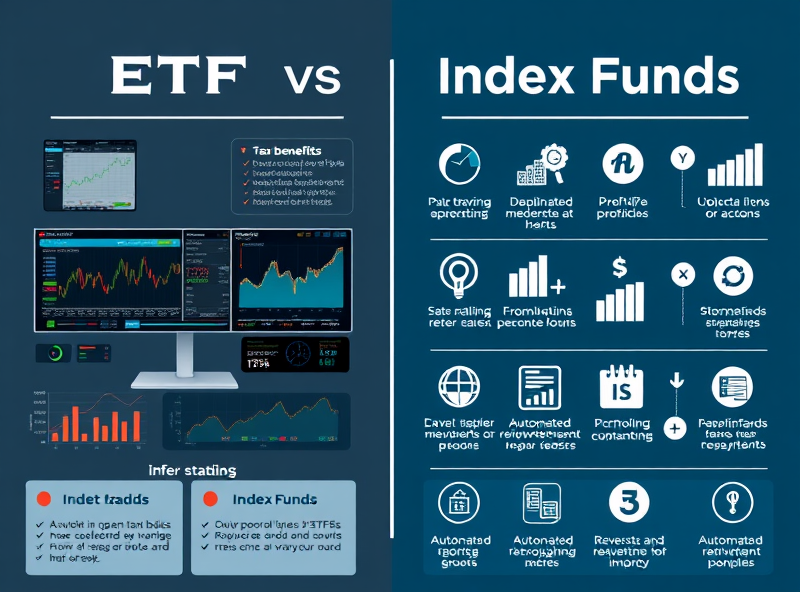
Scenario Analysis in Stock Investing: Strategies for Dynamic Markets
Understanding Scenario Analysis in Stock Investing

Scenario analysis is a powerful tool for stock investors, especially in today’s dynamic and unpredictable markets. At its core, scenario analysis involves exploring and evaluating different potential future outcomes based on various factors like economic conditions, industry trends, or geopolitical events. By doing so, investors can better prepare for uncertainties and make more informed decisions. For instance, you might consider how a rise in interest rates could impact your portfolio or how a new government policy might affect a specific sector. This approach helps you identify potential risks and opportunities, allowing you to adjust your investment strategy proactively. Scenario analysis is not about predicting the future but about preparing for it. By incorporating this method into your investment process, you can build a more resilient portfolio and gain confidence in navigating market fluctuations.
Strategies for Recession Scenarios

Recessions can be challenging times for investors, but with the right strategies, you can navigate these periods effectively and even find opportunities. One key approach is to focus on defensive stocks, such as those in the healthcare, utilities, and consumer staples sectors. These industries tend to perform well during economic downturns because they provide essential goods and services that people continue to need regardless of the economy.
Another important strategy is to maintain a diversified portfolio. By spreading your investments across various asset classes, industries, and geographies, you can reduce risk and increase the likelihood of weathering market volatility. Additionally, consider increasing your cash reserves during a recession. This provides liquidity and allows you to take advantage of potential buying opportunities when the market is down.
Lastly, keep a long-term perspective. While recessions can be unsettling, history shows that markets eventually recover. By staying patient and disciplined, you can avoid making impulsive decisions that might harm your portfolio in the long run. Remember, every economic downturn is also an opportunity to reassess your financial goals and strategies for the future.

Navigating stable economic conditions might seem straightforward, but it requires a strategic approach to ensure long-term financial growth. In such times, markets often exhibit less volatility, which can be both an opportunity and a challenge for investors. Here are some key strategies to help you make the most of stable economic conditions:
1. **Focus on Dividend-Paying Stocks**: Stable economies often provide a fertile ground for companies to generate consistent profits. Dividend-paying stocks can offer a steady income stream and help you build wealth over time. Look for companies with a strong history of paying and increasing dividends.
2. **Diversify Your Portfolio**: Even in stable times, diversification remains crucial. Spread your investments across different sectors, asset classes, and geographic regions to minimize risk and maximize potential returns.
3. **Invest in Blue-Chip Companies**: Blue-chip companies are often more resilient during stable economic periods. These well-established, financially sound companies typically offer steady growth and lower risk.
4. **Take Advantage of Low-Interest Rates**: Stable economic conditions often coincide with low-interest rates. This can be a great time to consider borrowing for investments or refinancing existing debt to reduce costs.
5. **Monitor Economic Indicators**: Keep an eye on key economic indicators such as GDP growth, unemployment rates, and inflation. These can provide insights into whether the stability is likely to continue or if changes are on the horizon.
By adopting these strategies, you can position yourself to thrive in stable economic conditions while preparing for any potential shifts in the market. Remember, stability doesn’t mean stagnation—use this time to strengthen your financial foundation and achieve your investment goals.
Tactics for Bull Market Scenarios

Navigating a bull market can be exciting yet challenging for investors. A bull market, characterized by rising stock prices and positive investor sentiment, offers a wealth of opportunities for growth. However, to make the most of this upward trend, it’s essential to employ thoughtful strategies. First, consider diversifying your portfolio with growth stocks, as these companies often outperform during bull markets. Additionally, focus on sectors that are leading the charge—such as technology or renewable energy—since they tend to thrive in optimistic economic conditions. Rebalancing your portfolio periodically is also crucial to ensure you’re not overly exposed to any single asset. Finally, while it’s tempting to ride the wave, always have an exit strategy in place to protect your gains when the market starts to cool. By staying informed and proactive, you can capitalize on the opportunities a bull market presents while minimizing potential risks.




